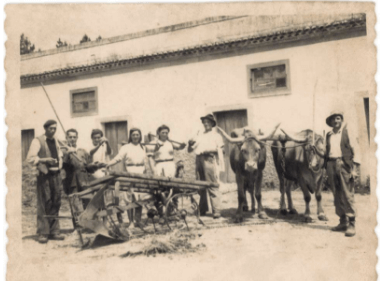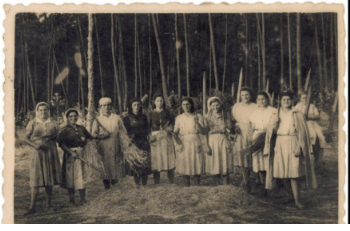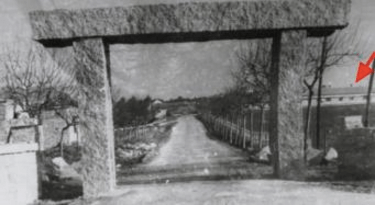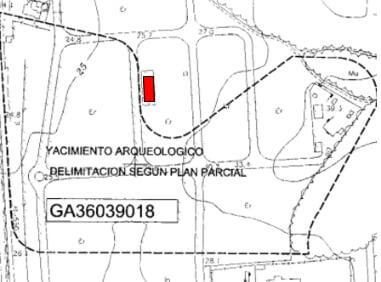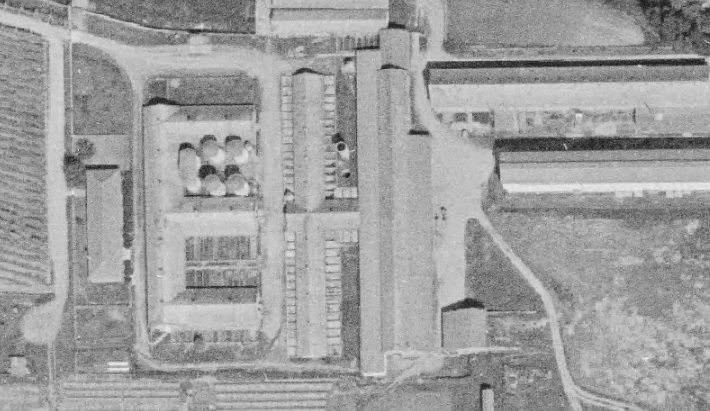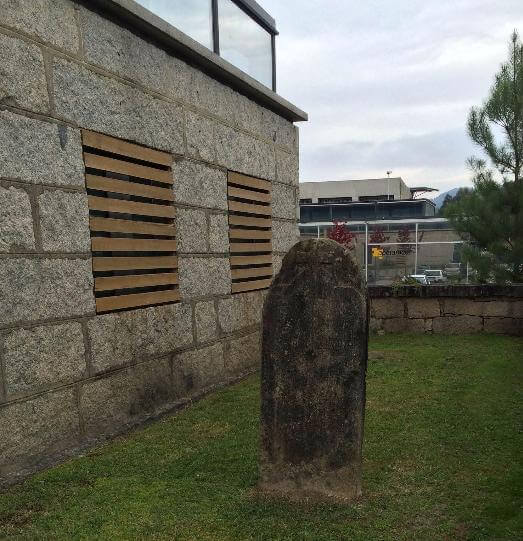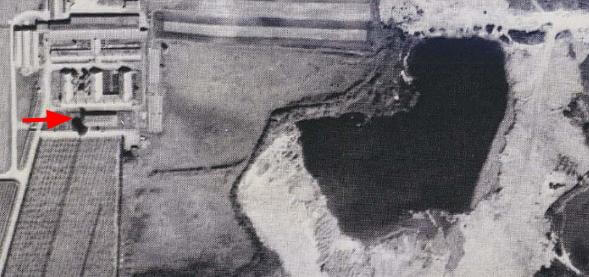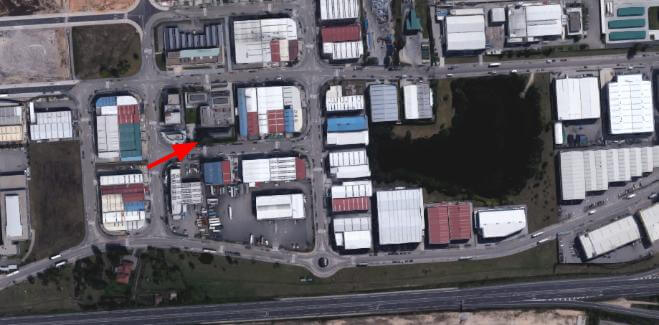Stories behind our new headquarters
All the places have a history behind and this is the case of our new headquarters. We are lucky because the place is wonderful and full of stories worth sharing, so visitors are really enjoying it.
BEGINNINGS
The building was part of “Granxa do Louro” (farms of the river Louro), that was created in 1935 by a relevant Galician entrepreneur named Jose Fernandez Lopez. His father made money carrying beasts from farms in Northern Galicia to close Castilla, to take the train to Madrid. He was the first man to use trains to carry cows and other animals, and this made him rich.
When the train arrived to Galicia at the beginning of sec. XX, his sons created a rail company to carry goods. This company managed most of the traffic in Spain (they had more than 14.000 train cars at that moment).
One of these sons was Jose, who created Granxa de Louro and other relevant companies in Spain like Cementos Cosmos (concrete), Pescanova (frozen fish, a pioneer world wide), Kiwi España (later explained) or Zeltia (a pharmaceutical company).
The first activity of the farm was the breeding of pigs, improving the race Large White in Spain. From 1935 to 1992 (when it finally closed), it was also a farm of horses, crop of tabacs and kiwis.
Farmers of Granxa do Louro. Unknown date.
Farmers of Granxa do Louro. Unknown date.
Current building back in the right. Year 1960
ARCHAEOLOGY
But before our era, this was a famous settlement in the Paleolithic Period. Different tools were found and are part of different museums. This is considered the most relevant discover of this period in Galicia.
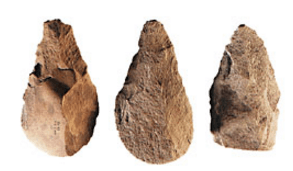 Tools found. Museum of Pontevedra.
Tools found. Museum of Pontevedra.
Map where the tools were found, close to the building (in red)
HISTORY OF THE BUILDING
The building was built between 1956 and 1960. The old farm was built in 1935. The only building preserved are our current headquarters and a house in the entrance, close to the road, that was built later.
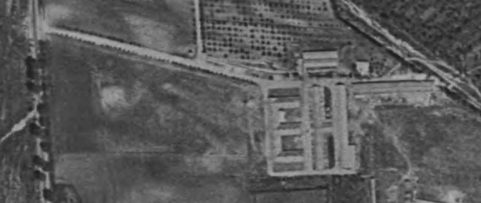
Works began in 1956-1957. Image displays the old farm buildings.
Picture from 1959. Image displays the old farm buildings with the foundations of the current building in the right
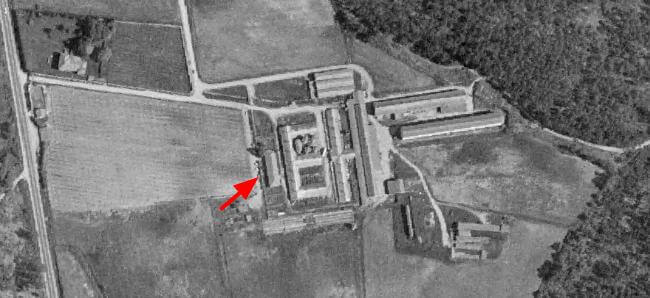
Year 1973. Building is completed. It shows the current cone tree and the palm tree (that was cut in 2015 due to a plague)
Year 1993
GRAVEYARD
One of the most astonishing things of the office is a stone. This place is a homage for two young girls: Enedina Fandiño Estévez (15 years old) and Felicidad González Vila (18 years) who died in a working accident back in 1948. The stone was moved from the original location, a quarry of clay less that half a mile from the current location.
This was in 1948. In this industrial area, that now hosts some hundreds of companies, there were only two companies: Our “Granxa do Louro” and “Cerámicas Mas”, a ceramics company that used some close quarries. This company owned a couple of square km with different quarries of clay and a industrial unit that now is abandoned.
This accident was mentioned by the local press. There was an avalanche after an earthquake during night. Both girls (who were employees) and an ox died. Other two employees were wounded.
Image showing the placement of the office and the quarry (currently a lake) where the youngsters died.
KIWIS
Enclosing our headquarters are different bushes and some plants of kiwi. These kiwis remember the first cultivation of this plant in Spain. José Fernández López traveled to New Zealand to buy cuttings of kiwis in late 1960s.
Germany was the unique supplier of kiwis at that moment, so Jose invested in a plantation to export kiwis to Germany and started to disseminate the benefits of the fruit in local supermarkets. The company still exists (it is based in the building close to the road), but now they have several competitors.
CHANGE INTO A INDUSTRIAL AREA
In 1993 Zona Franca of Vigo (a public institution that promotes business in the area of Vigo) bought all the terrains from the former farm (Granxa do Louro) and the quarries. They decided to keep the building that now is in the middle of different industrial plants.


